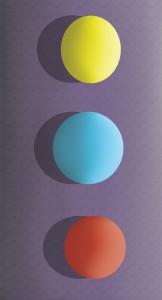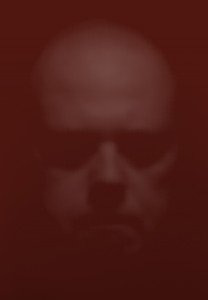… comes from many sources. On Monday it was a perfect storm when my computer containing my income tax information developed issues, I contracted a cold, and I was still a couple of prints short for my digital project in Photography II. I filed for an extension, drank a lot of fluids, sweated A LOT, and stayed up until 2 am trying to get 4 suitable prints from my Epson Stylus 925. Don’t get me wrong, the 925 is a good home printer, but not good enough for a college project.
Did I mention I missed a test for my anatomy course? Yep, I sure did. I hope the professor will cut me a break and let me make it up. My computer crash demanded my attention as I was seriously freaking out about my income taxes. There is a chance that I can pass with a ‘C’ while receiving a 0 (zero) on the test, but to do that I’m going to have to kill the final lab exam and the final course exam. Nothing like a little pressure…
At any rate, this isn’t a touchy-feely blog about my emotions, this is about my photography, so let’s get to it. It took a while to go through all the photos from Saturday. As I said, the proportion of keepers to junkers was rather low. Most of the bands used the red lights while they were on stage. This was my baptism by fire that red light is a pain in the ass to shoot. I had read about it, but this was the first time it really affected my photos. I’m not quite sure as to the physics behind it, but I do know it’s not very fun.
As for more keepers, here are a couple that were taken in the challenging red light:
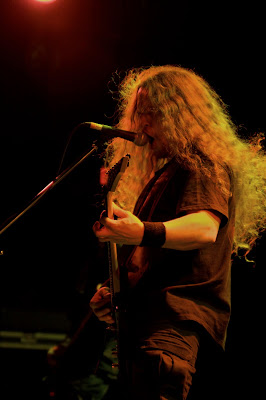
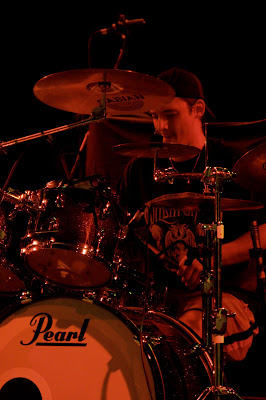
Both photos are of the death metal band Hate Eternal. The person in the top photo is Erik Rutan, who is a living legend within the death metal community. The bottom photo is Jade Simonetto, of whom I know very little except that he is the drummer for Hate Eternal.
Ok, now you know who they are, let’s talk about the photos. Mr. Rutan had a 2 different colors shining on him through his set – red and yellow. This gave him a fiery presence on the stage, but oh boy was it a pain to shoot him through that. In most of the photos the yellow highlights were blown off the histogram and there was no way to recover them. Using Aperture I was able to recover some of the highlights here, but this was 1 of only 2 of Erik Rutan I was able to keep.
In Jade’s case, this one came out exactly as seen, which was really surprising. I’m guessing it had something to do with the fact that he was bathed in red light and only red light, which didn’t confuse my camera sensor. I was particularly proud of this photo since I was able to get a level of detail in the drummer than is usually possible without getting on stage.
At any rate, those were a couple of keepers from the pile of 800. Before I went to the show, I did walk around downtown Houston for a little bit and took some photos. Here is some random eye candy for you:
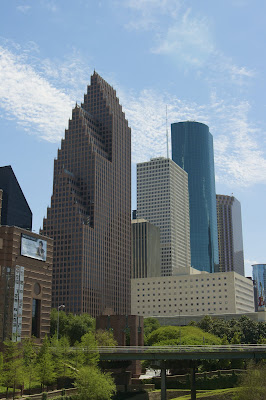
Downtown Houston from the west bank of Buffalo Bayou.
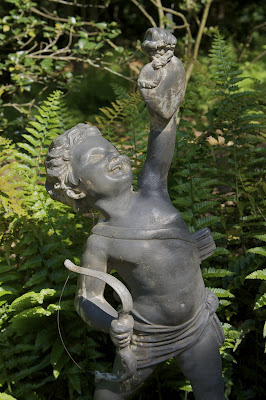
Cupid displaying his trophy. This is part of the Museum of Fine Arts, Houston Bayou Bend Collection.
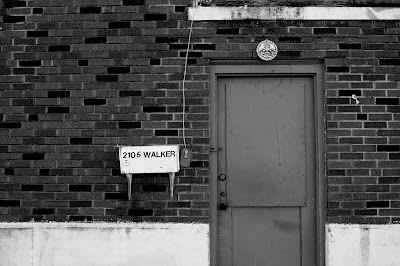
A back door to an Asian food distributor in the old Warehouse District of Houston. I like this one particularly for it’s composition.
As always, comments are welcome and encouraged so as to foster my growth as a photographer.
* – By the way, “The Sharp Carousel” has moved. The new blog name is “Mark Alan” and is now in the “Other Cool Blogs” section to the right. If you are not familiar with Mark, he does some very creative and very cool self-portrait work. Check him out, you won’t be sorry.
